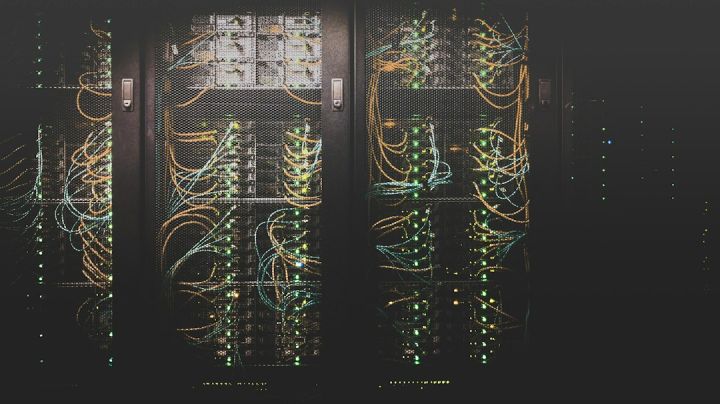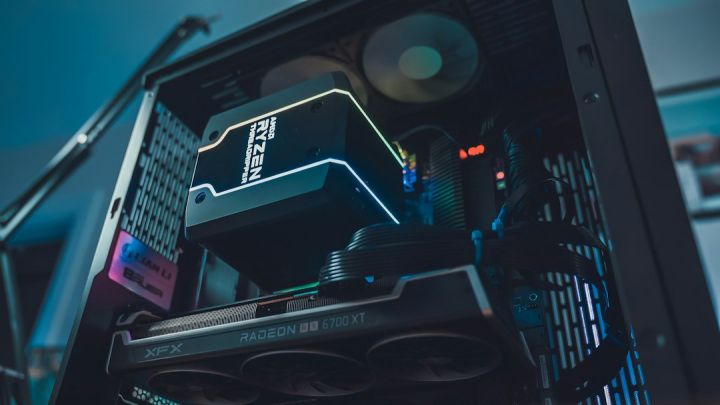Can Edge Computing Reduce Latency in Real-time Applications?
In today’s digital era, where real-time applications are becoming increasingly popular, reducing latency has become a critical concern. Latency, the delay in data transmission between a source and a destination, can have a significant impact on the user experience. Whether it’s streaming video, online gaming, or IoT devices, users expect instant responses and seamless interactions. This is where edge computing comes into play. By bringing processing power closer to the source of data, edge computing has the potential to reduce latency and improve the performance of real-time applications.
Understanding Edge Computing
Before delving into how edge computing can reduce latency, it’s essential to understand what edge computing is. In traditional cloud computing, data is processed and stored in centralized data centers located far away from the end-users. This can result in delays due to the physical distance between the user and the data center. Edge computing, on the other hand, brings computation and data storage closer to the edge of the network, near the source of data generation. By doing so, edge computing minimizes the distance data needs to travel, thus reducing latency.
Reducing Latency through Proximity
One of the primary ways edge computing reduces latency is by reducing the physical distance data needs to travel. With traditional cloud computing, data has to travel back and forth between the user’s device and the remote data center. This round trip can introduce significant delays, especially when dealing with real-time applications that require instant responses. Edge computing, by placing compute resources closer to the user, eliminates the need for data to travel long distances. This proximity enables faster data processing and reduces latency.
Distributed Processing Power
Another way edge computing reduces latency is by distributing processing power across a network of edge devices. In a traditional cloud computing setup, all the processing is done in a centralized data center. This can lead to bottlenecks, especially when dealing with a large number of concurrent users or data-intensive applications. With edge computing, processing power is distributed across multiple edge devices, allowing for parallel processing and reducing the strain on any single device. This distributed approach minimizes the chances of latency-causing bottlenecks and improves the overall performance of real-time applications.
Real-time Decision Making
Edge computing also enables real-time decision making by processing data locally at the edge. In many real-time applications, such as autonomous vehicles or industrial automation, quick decision making is crucial. With traditional cloud computing, data has to be sent to a remote data center for processing and analysis, which introduces delays. Edge computing, by processing data locally at the edge, enables real-time decision making without the need to send data back and forth. This immediate processing capability reduces latency and ensures timely responses in critical situations.
Conclusion: A Promising Solution for Latency
In conclusion, edge computing holds great promise in reducing latency in real-time applications. By bringing processing power closer to the source of data, edge computing minimizes the physical distance data needs to travel and enables faster data processing. The distributed nature of edge computing also reduces the chances of bottlenecks and improves overall performance. Furthermore, edge computing allows for real-time decision making by processing data locally at the edge, eliminating the need for data to be sent to a remote data center. As real-time applications continue to grow in popularity, edge computing is emerging as a valuable solution to reduce latency and enhance the user experience.






